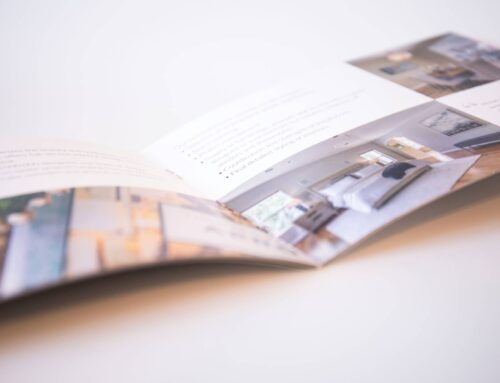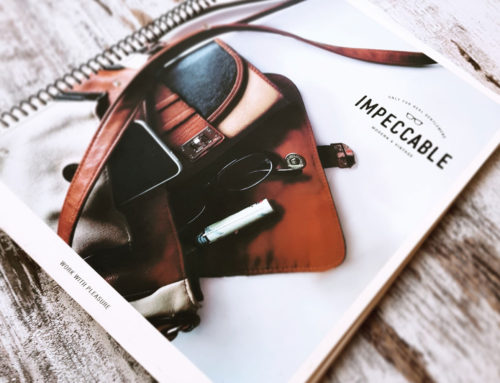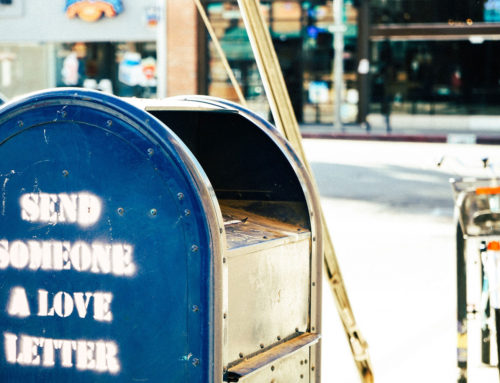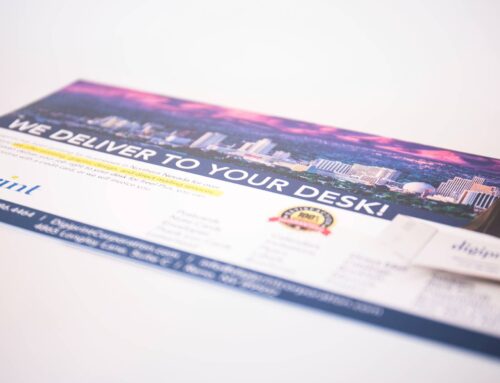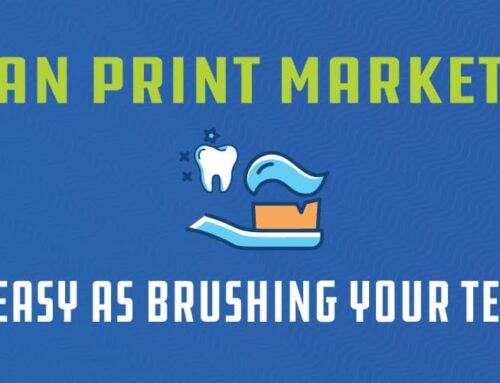You might have heard some people refer to bookbinding as a ‘lost art.’ They probably think the rise of digital books is pushing this age-old craft into the closet. Or maybe they believe all books now roll off factory lines, faceless and identical.
Well, we beg to differ.
Bookbinding isn’t going anywhere. As long as people cherish the feel of pages between their fingers, there’ll always be a bindery somewhere, piecing sheets together. And while we’re all for the latest tech, there’s still a huge crowd that values the personal touch of traditional bookbinding.
That said, we’d have to agree that not everyone has the funds for elaborate bookbinding techniques. If you’re a student, first-time novelist, or small business owner working on a shoestring budget, you might want something more affordable but still effective.
Don’t worry! Plenty of bookbinding methods can deliver quality results without costing a fortune. Let’s explore some of the most wallet-friendly types of binding for printing that will keep your pages turning and your readers engaged.
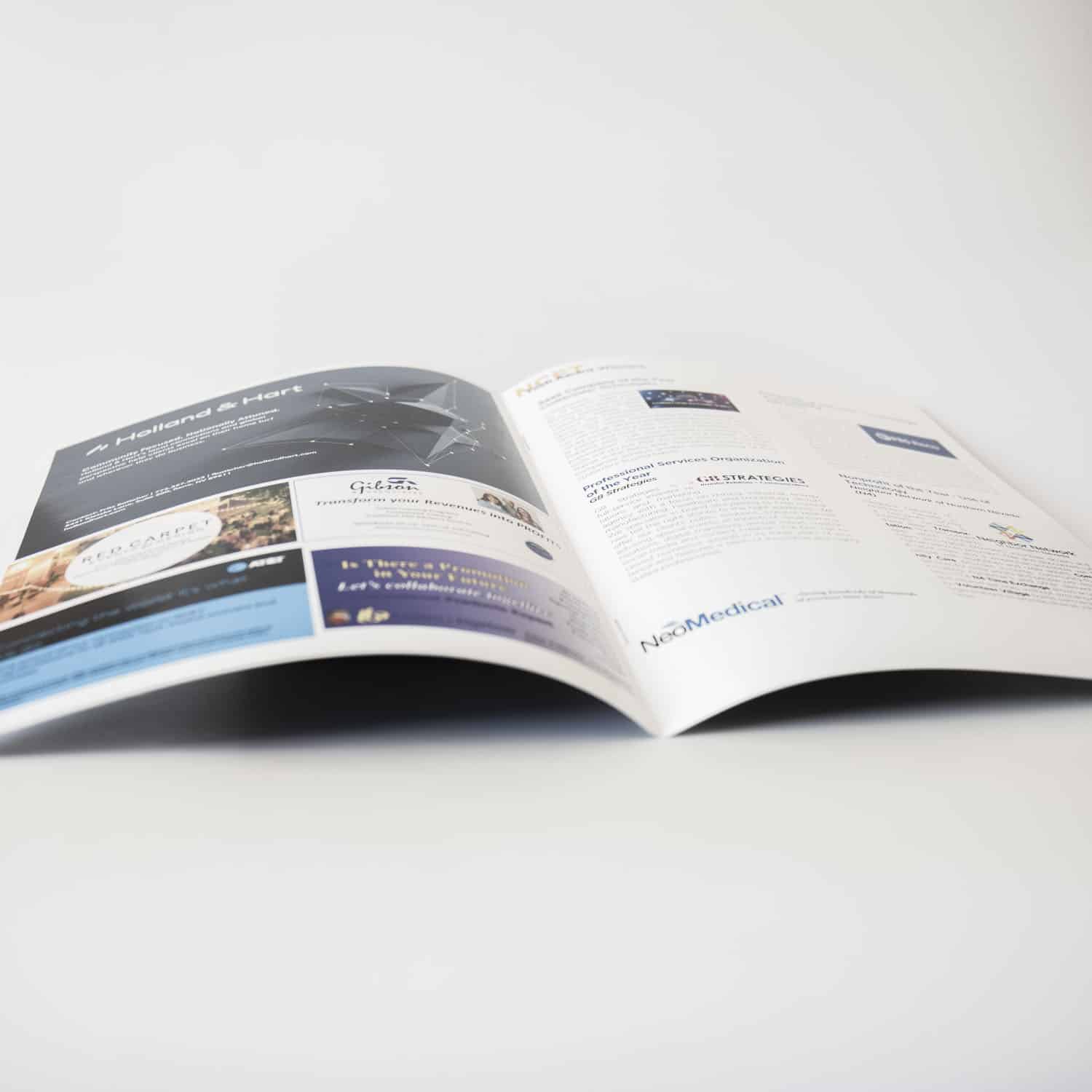
Table of Content
The Most Affordable Binding Methods
Additional Considerations for Affordability
Utilizing Readily Available Materials for Covers
The Most Affordable Binding Methods
Ready to learn about the most affordable types of binding for booklets? Here’s a quick rundown of everything you need to know
Saddle-Stitch Binding
If you’re looking for a no-fuss, budget-friendly way to bind your documents, opt for saddle-stitch binding. Contrary to what the name implies, there’s no actual stitching involved. Instead, this method cleverly uses staples along the fold of the book’s spine to hold the pages together.
- Cost-Effectiveness
Saddle stitching reduces costs by using just a few basic materials like paper and staples. It’s perfect for smaller projects like booklets, calendars, and pamphlets, particularly when you’re working with fewer than 64 pages.
- Flexibility
Documents bound this way open up fairly flat, which is useful for items like manuals and notebooks where you might need to keep your place.
Comb Binding
Comb binding is another reasonably priced print binding option, perfect for everything from office reports to personal projects. It uses a plastic, comb-like spine that slips through a row of holes punched along the edge of your paper stack.
- Looks Sharp
Because comb-bound documents look tidy and professional, you can use this binding technique to make a good impression on your presentations.
- Adjustable
Need to update your document? No problem. You can easily add or remove pages from a comb-bound document. Feel free to use it for manuals or portfolios you might need to tweak often.
Perfect Binding
There’s something undeniably appealing about a perfect bound book. Perfect book binding can give your materials a uniquely professional look without breaking the bank.
- Do It Yourself
Perfect binding is quite approachable for those who enjoy a hands-on DIY project. You’ll need some strong adhesive and a few basic tools to bind your documents yourself. This method is better suited to thicker items, like magazines, catalogs, or self-published books.
- Professional Look
Perfect-bound books can lie flat, making them easy to stack neatly on a desk or shelf. Additionally, the flat spine allows for printing essential details like titles, company names, or other pertinent information.
A word of caution: While perfect binding is somewhat DIY-friendly, there might be times when you need a bit more precision or a highly polished finish. If you find yourself in over your head or just want to make sure everything looks impeccable, don’t hesitate to pass the baton to a binding and printing services company. They can handle the tricky parts and make sure your project looks its best.
Additional Considerations for Affordability
Affordability extends beyond the binding method itself. There are a few additional things you must consider to keep your bookbinding budget in check.
Choosing the Right Paper Type
The type of paper you select plays an important role in both cost and functionality. Here’s what to account for:
Weight Matters
For most binding jobs, text-weight paper (about 70-80 gsm) does the trick. It’s cheap, easy to find, and works with almost all binding methods. Need something thicker? Heavy cardstock (160-220 gsm) is great for adding heft to your project or for fancy touches like decorative inserts.
Think Recycled
Recycled printer paper is a fantastic choice for practice projects or simple notebooks. You can also consider using the blank sides of discarded single-sided printed paper.
Look Beyond the Bookstore
Check out office supply stores for bulk printer paper reams. Art supply stores often have interesting-colored papers at competitive prices, especially in larger packs.
Thinner is Thicker (for some projects)
For pamphlet-style bindings like saddle stitch, consider thinner paper (around 60gsm). You can double or even triple the pages for a thicker, more substantial feel without significantly upping the paperweight.
Utilizing Readily Available Materials for Covers
Don’t be afraid to get creative! Repurpose old folders, cereal boxes, or even fabric scraps for unique and eco-friendly covers. Cardboard boxes also offer a surprisingly sturdy and customizable cover base. You can paint, collage, or fabric-wrap it for a personalized look. The possibilities are endless!
Leveraging Homemade Tools and Techniques
Normally, we’d recommend leaving any type of bookbinding to professional bookbinding services. But if you’re in a pinch, many basic techniques require nothing more than simple household items. For example, you can use a spoon to improvise bone folders, stack heavy books on your bound project to mimic a professional press or use a large needle/thin nail to punch holes for the stitches.
The Bottom Line
There you have it: a few tried-and-true affordable methods for your low-budget bookbinding project. Remember, a little creativity and resourcefulness can go a long way. So, explore different techniques, experiment with materials, and discover the joy of creating beautiful and functional books on a budget.
Ready to turn your pages into perfectly bound masterpieces? At Digiprint, we specialize in bringing your projects to life with high-quality, cost-effective binding solutions.
Contact us today to discuss your bookbinding needs and explore our affordable options. Let’s make your publishing dreams a reality!

